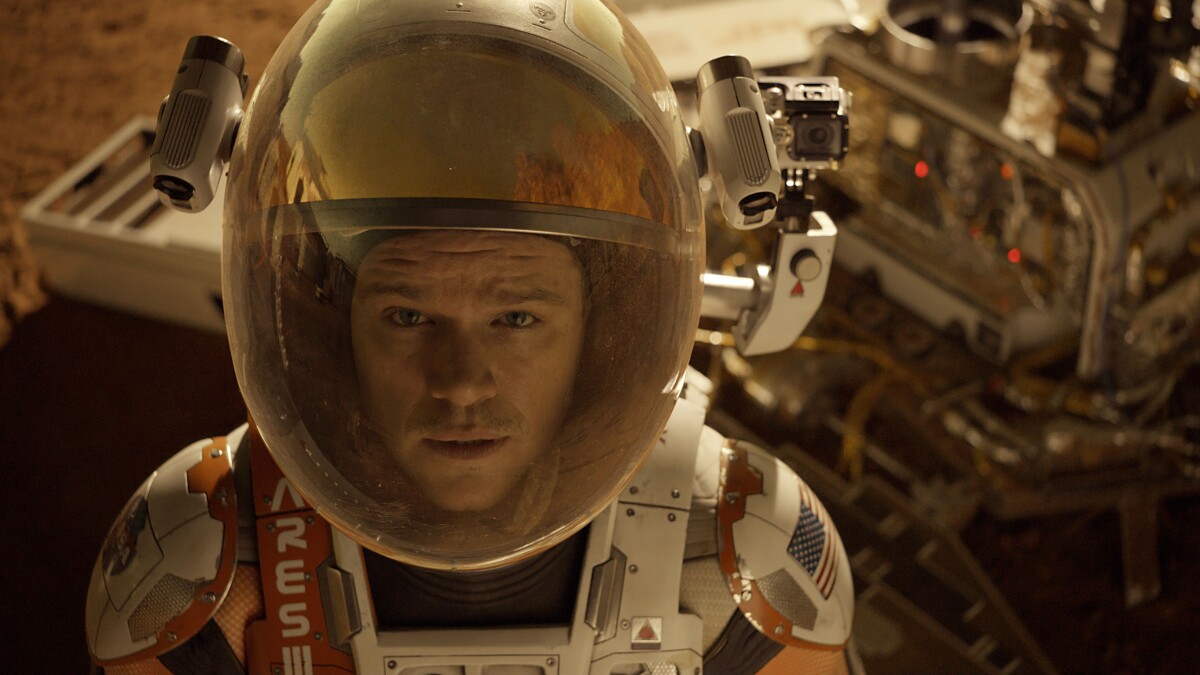
Are you looking for rock hard sci-fi? Sci-fi you could use to cut glass? Sci-fi so solid you could heave it through the tempered alumino-silicate glass pane separating a starship’s interior from the cold expanse of space, thereby causing explosive decompression as the internal atmosphere attempts to reach equilibrium with the external vacuum? I thought so. I’m sure an egghead like you already knows this, but hard sci-fi is a genre of fiction centered around scientific facts. No lightsabers or force ghosts here. You wanna survive these 10 best hard sci-fi novels? You better start brushing up on your STEM skills.
The Three Body Problem

Before it was adopted into a live action Netflix series, Liu Cixin’s The There Body Problem was hailed as a hard science fiction classic. The novel’s title alone references a difficult conundrum in physics: when more than two celestial objects orbit one another, their movements become impossible to predict through any known mathematical means. When you’re alien civilization whose planet orbits three suns, this can make daily life hard, particularly when you don’t know whether or not one of your sun’s next moves could annihilate life on your planet. Lucky for you, there’s a hospital planet a few lightyears away that only orbits one sun. Sure it’s full of a species called homo sapiens, but they’re nothing you can’t exterminate with some weaponized quantum physics – as the Three Body Problem points out, complex problems need complex solutions. In order to survive, humanity will need to think of some complex solutions of their own.
The Martian
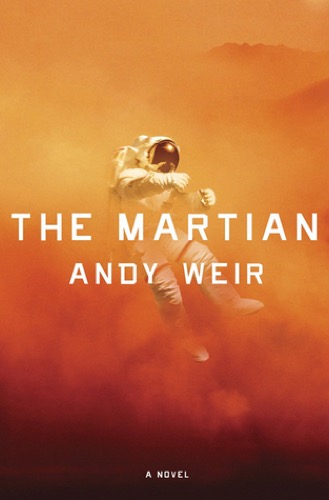
Like The Three Body Problem, Andy Weir’s The Martian was hailed as a modern hard sci-fi classic before its live action adaptation made it famous. The novel concerns an astronaut who finds himself stranded on The Red Planet after an expedition to Mars goes wrong. Using his smart guy brain, the astronaut makes the best of the alien environment, and attempts to survive and make contact with his colleagues on Earth who think that he’s deader than the planet’s red dirt. He grows potatoes with said Martian dirt, and comes up with a way to communicate with Earth despite the astronomical distance – in scientifically plausible ways! If ever you find yourself stranded on Mars, make sure you have a copy of Weir’s book handy and you’ll be fine! Probably!
A Door Into Ocean
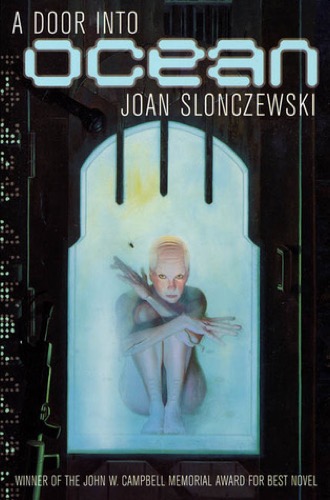
Written by microbiologist Joan Slonczewski, A Door Into Ocean is the story of a faraway ocean planet called Shora, dominated by an all female society of extraterrestrials. The ocean world orbits another planet that is ruled by an alien imperial overlord known as the Patriarch. When the Patriarch comes a-knockin’ on Shora, Shora’s aquatic denizens stage a non-violent resistance using their advanced biotech to wage a psychological war of attrition against their invaders. These technologies allow them to survive on the entirely water covered planet, and by maintaining control over this technology the people of Shora make their invaders totally dependent on them in order to… well, not drown instantly. Part hard sci-fi, part social commentary, all you need.
Blindsight
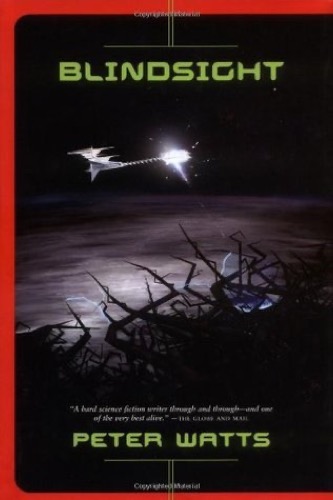
What do you get when you cram a crew of genetically augmented humans (and one vampire) into an interstellar spaceship and send them galavanting off to Neptune to investigate potential alien life? You get Blindsight by Peter Watts. In the distant future, humanity detects a mysterious radio signal coming from a comet that’s bumming around Neptune, so they send humanity’s best and brightest (plus, not making this up, a vampire) to get a hard sci-fi handle on the situation. The team uses all sorts of cutting edge technology (most of it implanted within their bodies) in order to solve in the mission – literal X-ray vision comes in handy. The most fascinating concept in Blindsight is not the trans-human element, but the idea that even after all of these cybernetic modifications, the semi alien crew could potentially encounter a being even more alien than they.
Edges
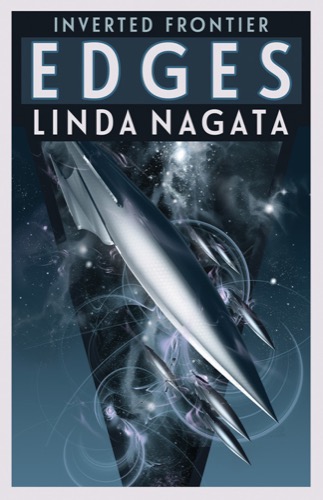
The first installment of the little known but well loved Inverted Frontier series, Linda Nagata’s Edges takes place in humanity’s far future, where we’ve colonized the frontiers of the galaxy and are now doing our best to tame them (with predictably mixed results). The problem is, while we were out Manifest Destiny-ing in the stars, some alien warships came along and blew the inner foundation of our civilization to bits. No one knows exactly how or why humanity’s core fell to ruin, but that’s exactly what space explorer Urban is gonna find out. While the series takes on a space operatic tone, Edges is grounded by a science-y underbelly. The soft sci-fi frosting might feel fluffy, but trust me, the painstakingly accurate light-speed physics will have you breaking your teeth on the hard sci-fi cake beneath.
Semiosis

Do you ever feel like your houseplants could be watching you? That maybe they’re more aware of their surroundings than their innocent, leafy, seemingly helpless without you watering them bodies would have you believe? Sue Burke’s Semiosis will justify all of your paranoid plant musings, turning them into scientific reality! The novel concerns a group of crash-landed astronauts, who begin to believe that the plants on their new alien planet home have more to them than meets the eye. The novel is a deep down dig into the roots of botanical science, and is chloro-filled with all the real life ways that plants are evil psychopaths. Seriously, Earth’s plants are murdery enough, but sentient planet-ruling plants from beyond the stars? Diabolical.
Rendezvous With Rama
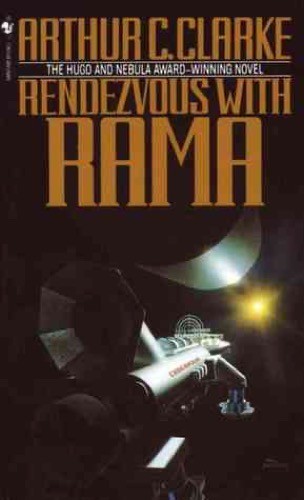
What would you do if a megalithic spacecraft showed up in the Solar System with absolutely zero explanation? Hopefully stop screaming, move over, and let the professionals take care of it. Arthur C. Clarke’s Rendezvous With Rama imagines the first contact scenario that humanity has always dreamed of through a purely scientific lens. No giant space laser battles here, just a plucky group of astronauts using real science (and a little speculative thinking) in order observe, explore, and (if all goes well) interact with non-human life. Hopefully the denizens of the spacecraft Rama are friendly. If not, humanity will have to scramble to figure out how to send ten trillion tons of extraterrestrial technology packing in the other direction. I wouldn’t wanna be in humanity’s 20 billion pairs of shoes, if that’s the case.
Children of Time
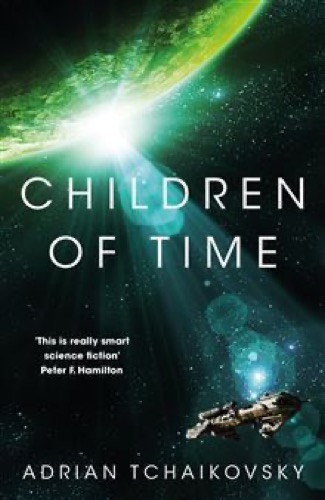
Earth is dead, humanity is dying, and human hopes are on life support. The last survivors of the human race are exiles from the Solar System, stuck wandering the cold stars of Adrian Tchaikovsky’s Children of Time. Lucky for them, ol’ Adrian decided to write in a perfectly Earth-like planet for their starship to happen upon. Unlucky for them, the planet is full of giant spiders! This distant world was supposed to be terraformed for human evolution, but a programming mistake in a human engineered virus caused spiders to evolve into the planet’s intelligent species. These spiders have their own cultures and languages, along with hopes, dreams and fears. They’re just like us, but with more legs and eyes! Tchaikovsky’s novel doesn’t skimp on the hard-sci worldbuilding, and uses a meticulous attention to evolutionary detail to craft a world where spiders plausibly rule. Sorry mankind, this planet is taken.
The Terraformers

“Terraforming” is a fancy science word that gets thrown around in hard sci-fi novels all the time, but Annalee Newitz’ The Terraformers is one of the few novels to really delve deep into what the process actually entails. Concerning a group of scientists attempting to do what the title suggests, the novel goes into the scientific realities and ethical quandaries of engineering alien worlds to be more like our own. While science often stems from pure intentions, the corporations funding scientific advancement often have less than altruistic reasons for throwing boatloads of money at engineering problems. The moral dilemmas in this novel make the Manhattan Project look more like an after school project.
Permutation City
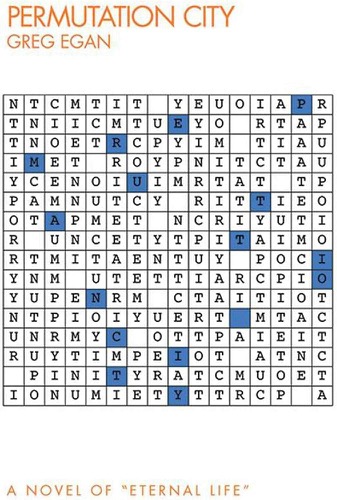
Greg Egan’s Permutation City is about a place you don’t want to visit if you want to maintain a grip on your individuality and sanity. It’s a place where you can upload a digital copy of your brain into a simulated world, but the kicker is that your newly simulated brain might not actually need a computer to run it. The novel plays with the idea that our individual consciences are coded into the fabric of existence itself – and that you don’t need to actually need hardware (biological or synthetic) in order to exist. As long as your consciousness can be represented as an abstract concept, you’re technically alive. As a result, the novel is an absolutely bonkers exploration of human consciousness as it relates to modern ideas of quantum physics, parallel universes, higher mathematics – the whole sci-fi nine. As one of the hardest hard sci-fi novels ever written, Permutation City isn’t easy to grasp on the first read through. Intellectually fascinating. Existentially disturbing.
(Featured Image: 2015 20th Century Fox)
Have a tip we should know? [email protected]







